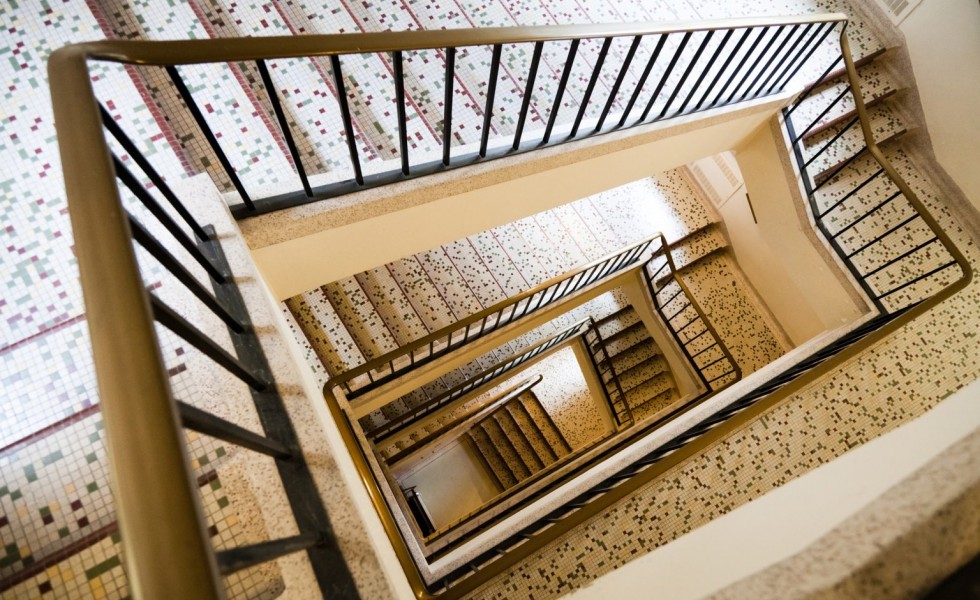Second staircase threshold lowered to 18 metres
25/7/23
Previously set at 30 metres, second staircases will now be required in all buildings taller than 18 metres, per housing secretary Michael Gove
The announcement was well received by industry voices
The tightening of regulations concerning a second staircase was announced in a speech yesterday (24 July 2023), where housing secretary Michael Gove announced a raft of planned reforms to planning rules to boost the delivery of new homes.
The revised 18 metres threshold follows consultations last year, which set the standard at 30 metres.
London mayor Sadiq Khan then made second staircases a legal requirement in buildings over 30 metres, via the Greater London Authority's planning department refusal sign off to noncompliant plans.
Gove said that the plans would offer definitive guidelines for developers regarding second staircase installation and that "transitional arrangements" would accommodate projects already underway.
Gove added that the move "responds to the call from the sector for coherence and certainty".
"This is a considered and gradual evolution of safety standards, which, when taken with our other fire-safety measures and reforms, ensures the safety of people in all tall buildings – both new and existing," he said.
RIBA President Simon Allford said: "This is a significant moment. Over six years on from the Grenfell Tower tragedy, it is hugely positive and reassuring to see the Government listening to the united call of experts on fire safety, bringing greater coherence and certainty for industry.
"Mandating second staircases in new homes over 18 metres is a vital step towards a safer built environment for all. We are pleased to have played our part in this."
Eddie Tuttle, director of policy, external affairs and research at CIOB, said: "The safety of residents and emergency services workers is paramount and can never be understated.
"We have always believed the proposal to mandate secondary staircases for buildings over 18 metres tall to be the best solution as it provides a more comprehensive strategy in ensuring all high-risk buildings have more than one means of a safe entrance and exit.
"Not only does it make exiting buildings in the event of an emergency easier, but it also allows emergency workers to avoid interruption."
Source; pbctoday

